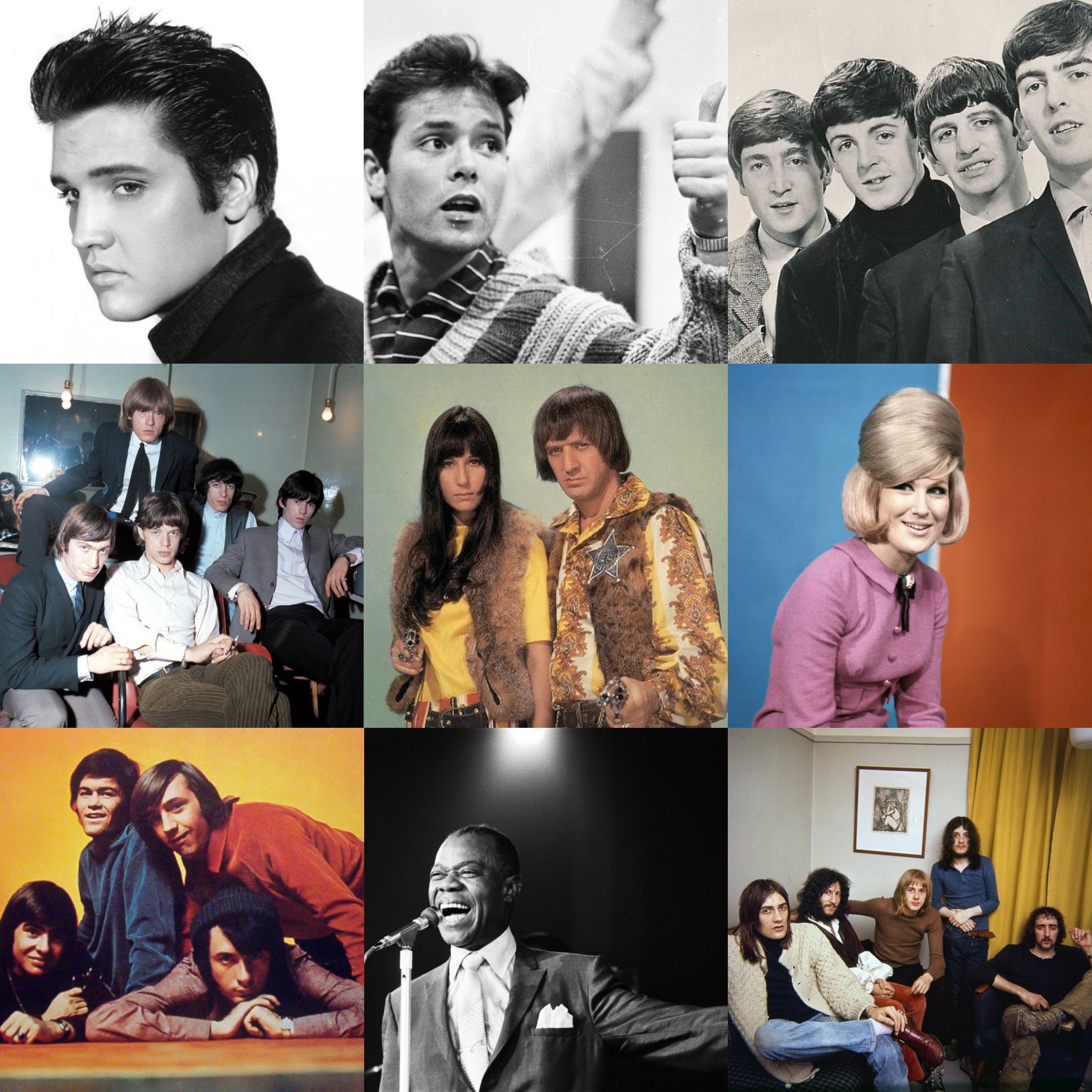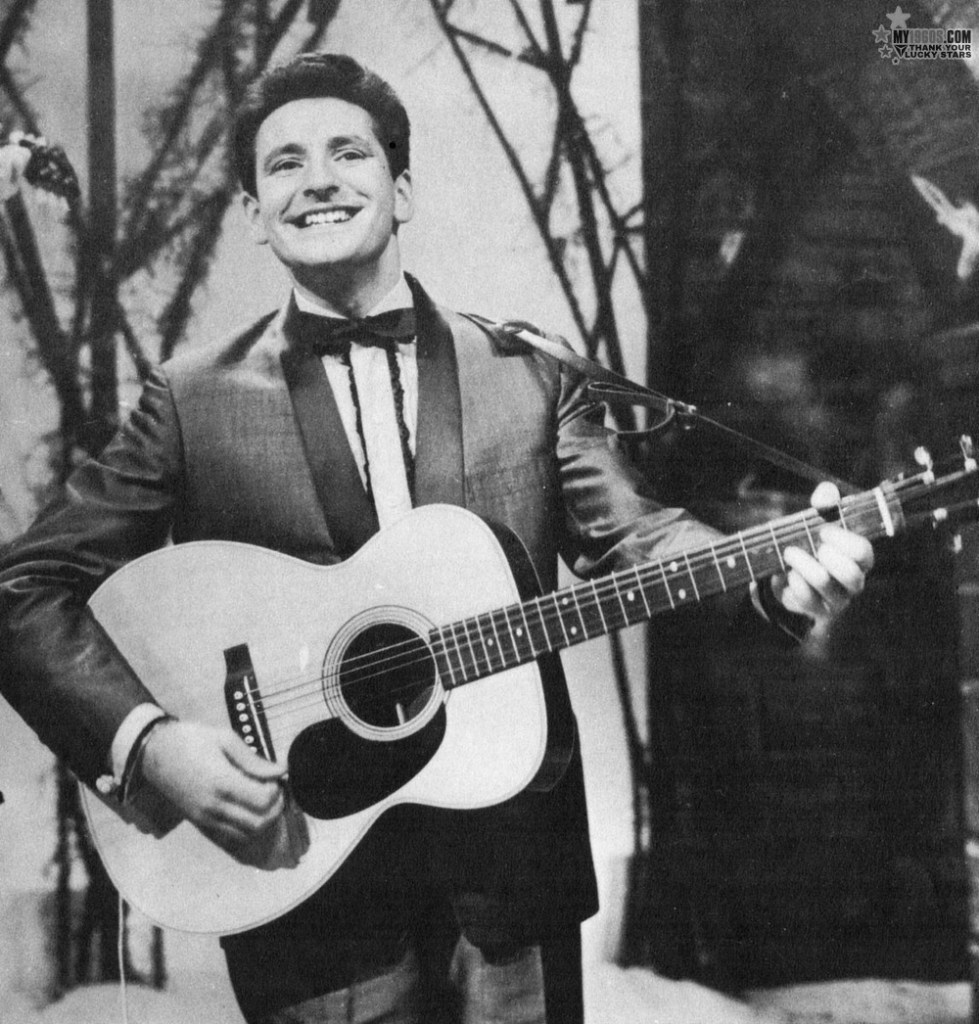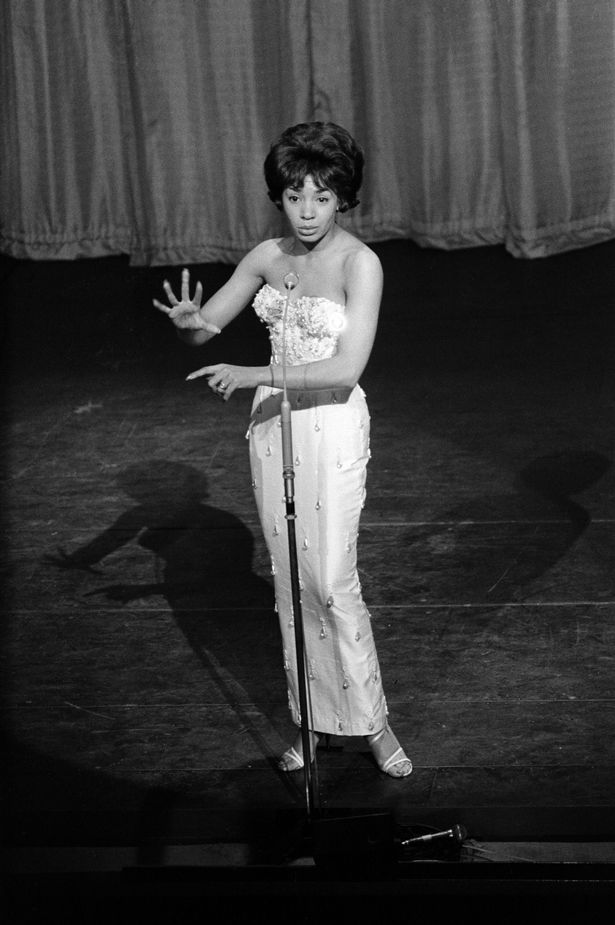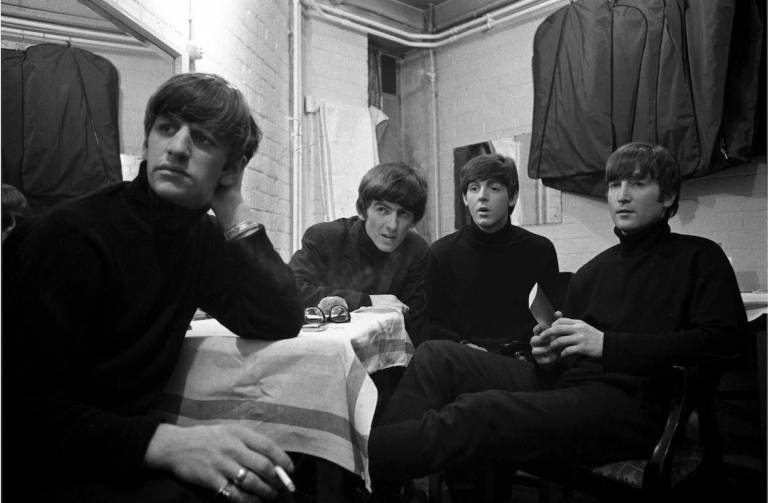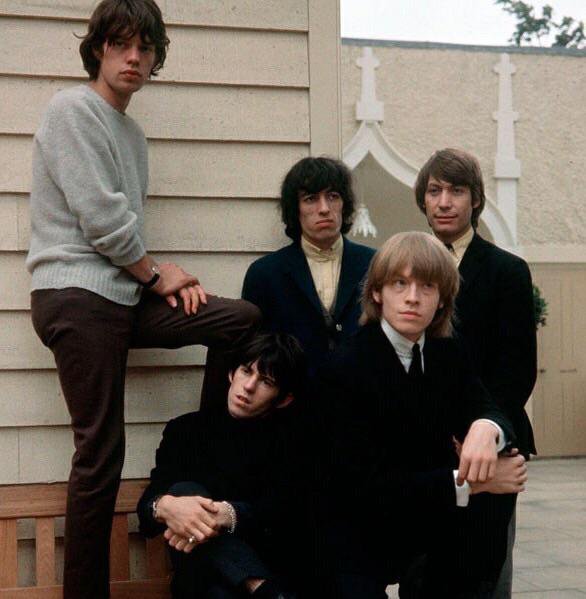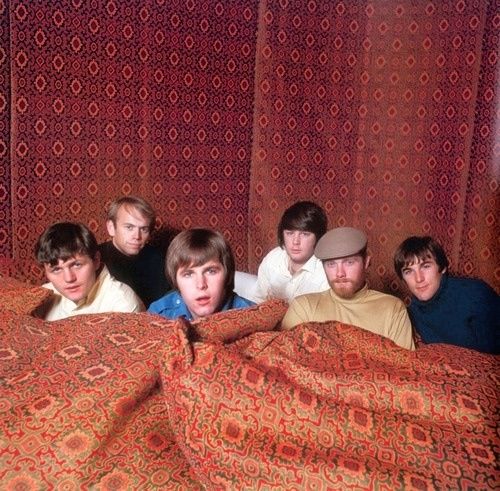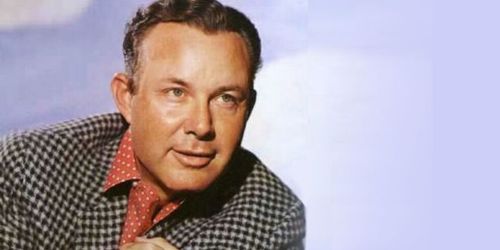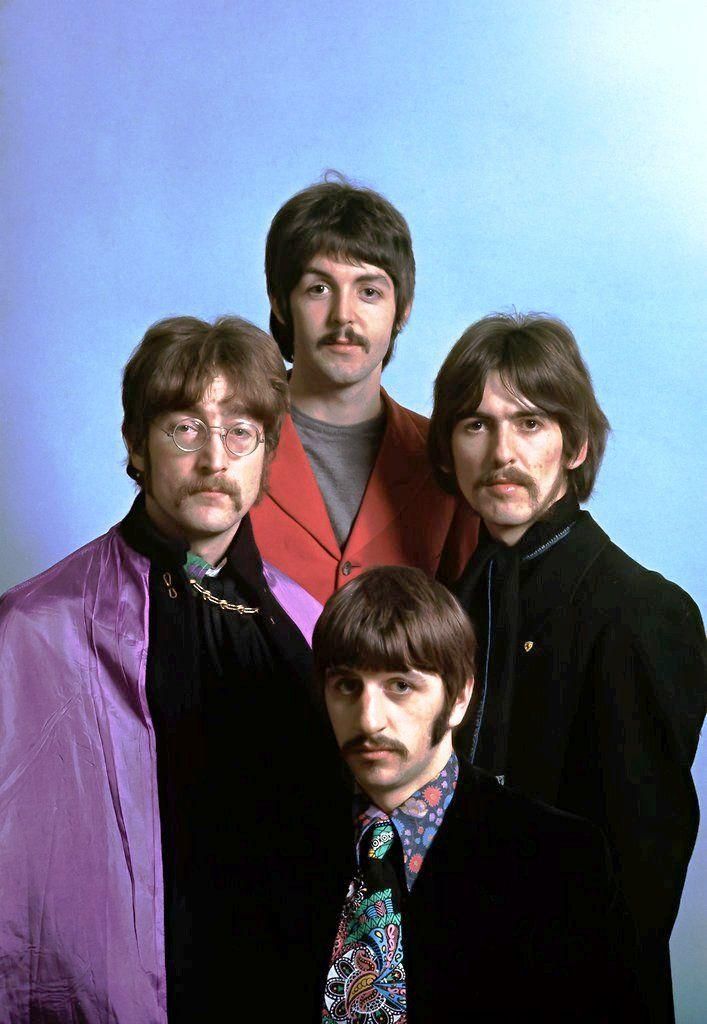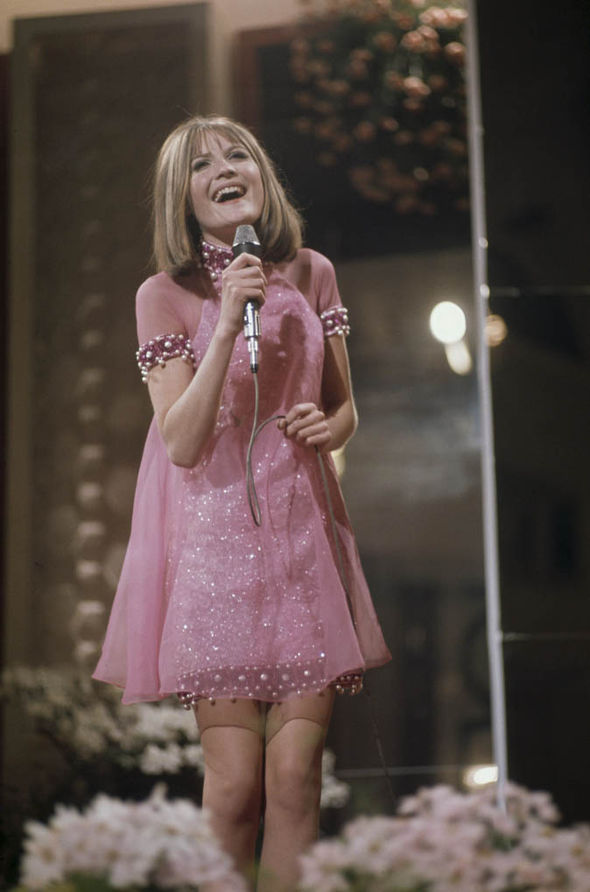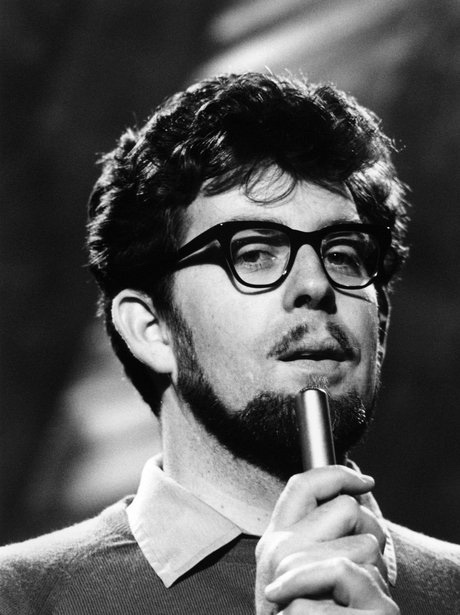
The Intro
‘My time has come’
And how. Initially ridiculed upon its release, Bohemian Rhapsody established Queen as rock royalty. It is the third biggest number 1 of all time, selling over six million worldwide, and became the first to reach number 1 twice – for nine weeks in 1975/76 and again for five weeks in 1991/92 after singer Freddie Mercury’s death, making it the only song to be a Christmas number 1 twice. It also spearheaded the rise in popularity of music videos, had an Oscar-winning film named after it, and even has it’s own nickname. I will not be referring to it as ‘Bo Rap’ here.
Before
Before Queen there was Smile, a struggling rock band featuring guitarist Brian May and drummer Roger Taylor. Their singer, Tim Staffell, had befriended a fellow Ealing Art College student named Freddie Bulsara. The movie Bohemian Rhapsody contains many factual inaccuracies, and Bulsara joining Smile was the first. He didn’t stand and audition in broad daylight, he was already a fan when Staffell quit in 1970 to form Humpy Bong with former Bee Gees drummer Colin Petersen. Taylor’s friend Mike Grose became Smile’s bassist and soon after their first gig that June, Bulsara suggested they change their name to Queen. At the same time, he became Freddie Mercury. Several bassists later, John Deacon joined in February 1971.
Queen were playing to tiny audiences in the early 70s, but set to work on their eponymous debut. Queen was released in July 1973, with production by Roy Thomas Baker and John Anthony. It was a mix of heavy metal riffs and progressive rock, featuring tracks including debut single Keep Yourself Alive and My Fairy King, containing a mention of ‘Mother Mercury’, which is where the singer’s surname originated from. Neither Keep Yourself Alive or second single, also from the album, Liar, charted.
A month after the LP’s release they set to work on its sequel, Queen II, while supporting glam rockers Mott the Hoople on tour. When their next single was released shortly before the album, it rocketed to number 10. Seven Seas of Rhye showcased a more sophisticated production, very-70s fantastical lyrics, and was very catchy. Queen II, incidentally, features the Mick Rock photo of the band in Marlene Dietrich poses, which would prove the inspiration for much of the Bohemian Rhapsody video.
The third album, Sheer Heart Attack, got them noticed in the UK and abroad. A more eclectic collection, its first single, camp pop anthem Killer Queen just missed out on the top spot at two in the UK and was their first US hit. Now I’m Here got to 11 in the UK.
Queen’s star was rising ever higher, but they were broke and unhappy with their management deal with Trident Studios. They broke away and with Elton John’s manager John Reid taking care of business, they set to work on their fourth album A Night at the Opera.
Usually Queen’s songs germinated in the studio, but Mercury had it in mind to join together three song fragments, some dating back to the late-60s. Chris Smith, keyboardist in Smile, said that Mercury played him a tune he was working on called The Cowboy Song, which featured the lyrics ‘Mama, just killed a man’. Producer Roy Thomas Baker once recalled Mercury playing him the opening section on the piano, stopping abruptly and saying ‘and this is where the opera section comes in!’.
Mercury, May, Deacon and Taylor rehearsed Bohemian Rhapsody and other songs from A Night at the Opera at Ridge Farm Studio in Surrey in mid-75. The recording of the single began on 24 August at Rockfield Studios in Monmouth, Wales, but due to its elaborate nature was also recorded at Roundhouse, Sarm East Studios, Scorpio Sound and Wessex Sound Studios.
Review
There have been many interpretations of the lyrics of Bohemian Rhapsody. Is it Mercury dealing with personal issues? May has suggested it was, but that he never actually said so to the other band members. Could he be talking about his homosexuality? He hadn’t come out to his then-partner Mary Austin at that point. Taylor said on a BBC Three documentary about the song that he thought the subject matter was ‘fairly self-explanatory’ with ‘a bit of nonsense in the middle’. It’s definitely worth noting that when Queen released a Greatest Hits in Iran (the first official pop release ever in that country), they included a booklet with translations and explanations of the songs. It says that Bohemian Rhapsody is about a young man who has accidentally killed someone and, like Faust, sold his soul to the devil. On the night before his execution he calls God in Arabic, ‘Bismillah’, and so regains his soul from Satan. So perhaps we really are meant to take the lyrics literally.
Where does one start with a review of Bohemian Rhapsody?! It’s almost too big to even have one. I first heard it on a cassette compilation as a child, and back then, strangely, I didn’t find it too weird. Maybe childhood in the 80s was so constantly weird, a nearly-six-minute-long single about murder and the devil didn’t seem that strange. The thing I found ‘very, very frightening’ was the video. Growing up, Mercury’s look was short hair and moustache. Seeing him looking different, lined up in that famous formation with the others, I found them all ghostly and unsettling, but Mercury especially. At first, I didn’t even believe they were the same person.
How strange that this stitched together prog-influenced epic should somehow become a monolith of pop music. The nearest thing to it in 1975 is 10 cc’s I’m Not in Love, another lengthy symphony, but at least that has a relatable message at its core. Bohemian Rhapsody just screams ‘album track’. So why has it not only endured, but grown in stature?
It may well be as basic as: it’s fun to sing along to, from power ballad to surreal opera to rock anthem and back to ballad, it’s as eclectic as it gets. Like I’m Not in Love, it’s beautifully produced and sounds great through good speakers. It also shows how far production had come since The Beach Boys similarly landmark moment Good Vibrations in 1966 (Brian Wilson was very complimentary about Bohemian Rhapsody). And the moment in which the opera section turns to rock is always a total joy and release of energy and tension. May’s guitar work throughout is excellent, not just when he rocks out either, he does a great line in maudlin accompaniment as Mercury describes his woes.
Of course, Bohemian Rhapsody is really all about Mercury. What a voice. Anyone can attempt and enjoy singing along to this track, as I’ve already said, but nobody could perform it with the prowess of Mercury. And as downright odd as the opera section may be, it’s a great display of an amazing vocal talent. Not that it’s only Mercury at that point – he takes the middle range, with May on the low notes and Taylor on the high. To create the virtual choir took 180 separate overdubs and three weeks alone to finish. The tape was worn out several times, resulting in repeated transfers. The piano Mercury plays is the same used by Paul McCartney on another lengthy number 1 classic, Hey Jude.
My opinion of Bohemian Rhapsody has changed several times over throughout my life. I loved it in my teens and 20s, and spent much of my 30s thoroughly sick to death of it, and feeling there were many better ‘weird’, long songs out there that did what it does better. I was wrong to an extent, and in my 40s, I love it once more. I’m no superfan of Queen, and can take or leave some of their material. But this is fantastic and deserving of its status.
Back to the video. It does annoy me when this gets the credit of being the first promo for a single. It’s simply not true. Promos were being made in the 60s. The Beatles made loads, for example. And Queen! What is true is that they became more and more popular, and more adventurous in the wake of this number 1. You may well see more and more appearing on this blog. According to May, they decided on a video to avoid miming a complex song on Top of the Pops and were touring at the time anyway. I wonder what Pan’s People would have made of it?
It was filmed in November 1975 at Elstree Studios and directed by Bruce Gowers. The spooky effect in which Mercury’s face repeats on ‘Magnifico’ and ‘Let me go’ is a very simple trick in which a camera is pointed at a monitor, creating visual feedback. I stumbled across it as a teenager while playing with my camcorder and it blew my mind. After the many hours spent recording the song, the video was ready in five hours and rushed to the BBC for its debut on Top of the Pops.

After
Despite pressure from EMI, Queen wouldn’t cave in and edit Bohemian Rhapsody, thankfully. Radio 1 DJ Kenny Everett, a close friend of Mercury, was instrumental in its initial success. He promised the band not to play the song in full at first and he would tease listeners by playing snippets. Eventually he played it in full 14 times in two days, and fans were asking in shops for it before its release.
The Outro
Bohemian Rhapsody‘s nine-week run was the longest concurrent stint since Paul Anka’s Diana in 1957. An incredible achievement, particularly for such a bold experiment in pop. It even reached nine in the US, which was also unexpected. Perhaps another reason it did so well is the sense I get after reviewing 1975’s number 1s that with depressingly few exceptions, it was a rather drab year for pop. With glam gone and disco yet to make its mark, few songs stand out or push the envelope other than this or I’m Not in Love, and Space Oddity is six years old at this point. 1976 would be another poor year, although ABBA were about to make a big return. Weirdly, Mamma Mia would finally dislodge Bohemian Rhapsody, a rather odd event considering the latter’s ‘Mamma mia let me go’.
The Info
Written by
Freddie Mercury
Producers
Roy Thomas Baker & Queen
Weeks at number 1
9 (29 November 1975-30 January 1976)
Trivia
Births
5 December 1975: Snooker World Champion Ronnie O’Sullivan
12 December: Gymnast Jackie Brady
19 January 1976: Actress Marsha Thomason
21 January: Spice Girl Emma Bunton
Deaths
29 November 1975: Racing driver Tony Brise (see below)/Racing driver Graham Hill (see below)
5 January 1976: Beatles roadie Mal Evans
12 January: Writer Agatha Christie
13 January: Actress Margaret Leighton
Meanwhile…
29 November: Two-time Formula One world champion Graham Hill, 46, dies in an air crash in Hertfordshire. He was piloting a plane in thick fog containing five other members of the Embassy Hill team who all also died, including Tony Brise.
5 December – The Government ends internment of suspected terrorists in Northern Ireland.
6-12 December: IRA members on the run from police break into a London flat on Balcombe Street, taking the residents hostage. The siege ends after six days with the gunmen giving themselves up to the police.
11 December: Donald Neilson is arrested in Mansfield, Nottinghamshire on suspicion of being the ‘Black Panther’, believed to have carried out five murders in the last two years.
29 December 1975: The Sex Discrimination Act 1975 and the Equal Pay Act 1970 come into force.
2 January 1976: Hurricane-force winds of up to 105mph kill 22 people across Britain, causing millions of pounds worth of damage to buildings and vehicles.
5 January: 10 Protestant men are killed in the Kingsmill massacre at South Armagh, Northern Ireland, by members of the IRA who used the alias ‘South Armagh Republican Action Force’.
7 January: The third Cod War continues, with British and Icelandic ships clashing.
18 January: The Scottish Labour Party was formed by a group of disaffected Labour MPs. It disbanded five years later.
20 January: Emily Jackson is stabbed to death in Leeds, and police believe she may have been killed by the same man who murdered Wilma McCann in the city three months previously. It is revealed that Jackson was a part-time prostitute and the unidentified killer becomes known as ‘The Yorkshire Ripper’.
21 January: The first commercial Concorde flight takes off from Heathrow.
29 January: 12 IRA bombs explode in London’s West End. They are the first in the city in over a year.
